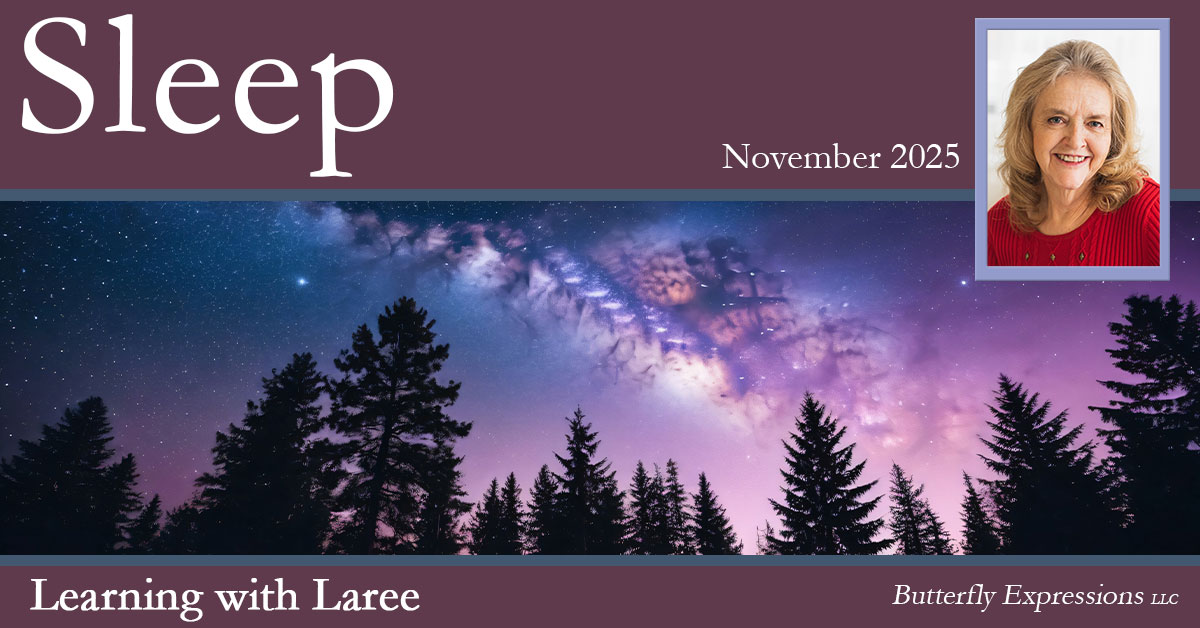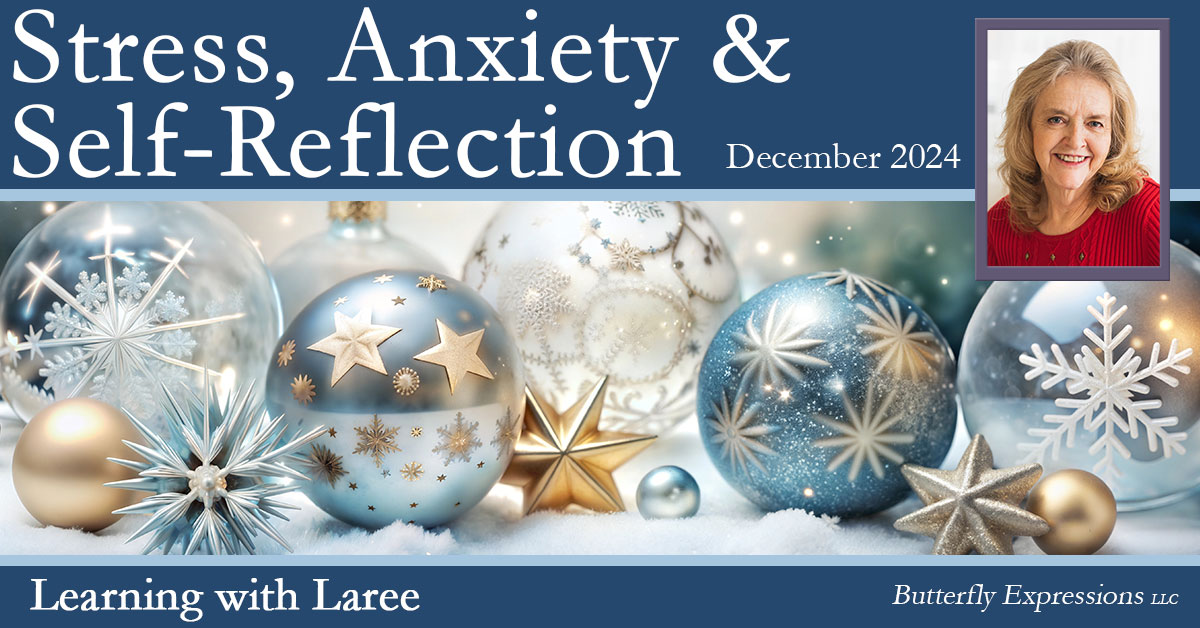this is a page for
Browsing Tag: passion flower
During sleep, our bodies should be working to support healthy brain function and maintain our physical health.
How is that working for you?
I hope very well! But, if not, I hope something in this article can help you! There are few things in life more frustrating—and more detrimental to our health—than lying awake, so very tired, but unable to sleep. Not getting enough good quality sleep is, however, more than just frustrating because sleep is a very essential function! Without sufficient rest/sleep, it is impossible for a person to be well either physically or emotionally! As you sleep, your body and mind get a chance to recharge. If that ‘recharging’ gets accomplished, you should wake up refreshed, energetic, and alert. If not . . .?
During childhood and into the teenage years, sleep also supports growth and development. Getting inadequate sleep over time increases the risk of chronic (long-term) health problems.
Studies show that when we don’t get quality sleep or enough sleep, our immune system gets disrupted and weakened. This, of course, makes it more likely that we will get sick when we have been exposed to any sort of illness. Our bodies need sleep to fight infections that are passed from one person to the next. Long-term lack of sleep also raises our risk of obesity, diabetes, depression, high blood pressure, stroke, and heart disease.
I could go on and on here, but let’s just get on to possible solutions!
As I have said often and with emphasis over many years, “All drugs have side effects!”
As an introduction to this section on Alternative Pain Management, I am including parts of an “FDA Drug Safety Communication” issued on July 9, 2015. If you wish to read the entire communication (with pages of additional information for patients and consumers and even more information for Health Care Professionals along with a comprehensive Data Summary) I am providing the link to the FDA announcement itself on the U.S Food & Drug Administration’s web page.
This statement certainly is true of the drugs used for pain management, as is illustrated by these statements taken from the FDA website itself. The use of herbs, essential oils, and Blessed Water or Homeopathic remedies is an effective and safe way to manage pain.
In December we will discuss Anxiety, Stress and Self-Reflection. I would like to begin today by recounting a story told by one of my favorite authors, Bruce H. Lipton, in his book The Biology of Belief. I will paraphrase as best I can, in the interest of keeping this segment brief—well, sort of.
Dr. Lipton uses the example of a track race to illustrate for his readers the effects of stress on the body. A well-trained and healthy group of sprinters steps up to the starting line. They hear the command, “On your mark,” and they drop to their hands and knees. Then the announcer barks, “Get set.” Their muscles tighten as they prop themselves up on their fingers and toes. In a normal race, the strain and tension they are experiencing lasts only a second or two before the command, “Go!” is heard.
But what if the “Go” command never came? These unfortunate athletes would be left at the starting blocks, their blood coursing with adrenaline, their bodies rapidly going into deep fatigue as they try to stay prepared for a race that never begins. No matter how healthy and toned their physical bodies are or how much they have prepared their minds for the race, every athlete would physically collapse from the strain.
Too many of us today live in a “Get set” world! Study after scientific study has shown that our hyper-vigilance is wreaking havoc on our physical health, mental stability, and emotional well-being.
So, what’s the solution? May I offer three quick pieces of advice, based on my own experience:
Count your blessings! A young son of mine, counseled during a family meeting to “count his blessings,” reported in church—over the microphone at the pulpit—the next week that he had counted his blessings and found 385 of them. (I’m not exactly sure of the number, but you get the gist.) There never was a happier, more contented, or more willing-to-serve child, nor man, than he has become.
Count your strengths instead of your weaknesses. Then get to work using your strengths in the service of others. Our suffering is too often more the result of our thoughts than our circumstances. We alone have control over our thoughts! Suffering because of our mindset is optional and up to us.
Replace fear with faith. It has been proven over and over—also in scientific studies—that meeting tragedy and difficulties with calm assurance, knowing we (with Heaven as our partner) have overcome challenges before and can do so again, reduces the impact on our health and well-being when life’s realities and obstacles inevitably come our way.
Anxiety is too often fear of the future and doubt in our ability to handle it.
The health benefits provided by proper nutrition, herbal remedies, and the impact of essential oils on our minds and bodies can have a tremendous effect on our ability to look to the future with courage and determination, helping us to be happy in the here and now. See the full list of topics.
In October we will be talking about Respiratory and Flu. The flu season is already upon us so it is a good time to review the best essential oils, blessed waters, and herbal remedies to use when you are in the trenches of the flu. I am also excited to announce that there is a new product, Elderberry Nighttime, that I am sure you will love. Elderberry is well known for use with fevers and for strengthening the immune system. We have seen amazing results so far with Elderberry Nighttime helping people to sleep. Please take a few minutes and review what may help you and your family through the flu this year. See the full list of topics.




